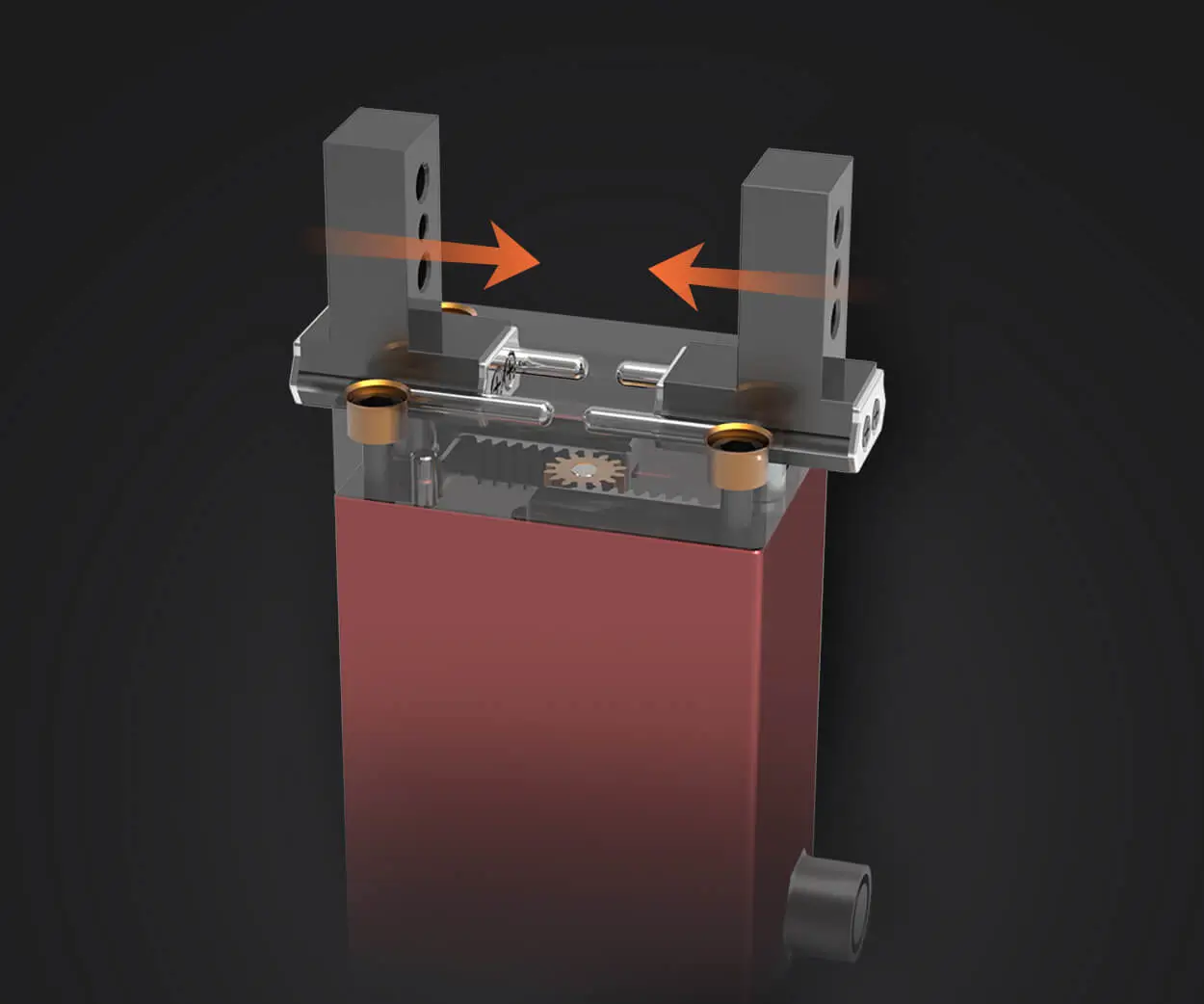Thinking about cracking the microservice interview? It’s like preparing to scale a tower built on tiny, but crucial, blocks. Just imagine this: every question is another piece of the puzzle. Some interviewers love tossing tricky scenarios — like “How do you handle a failed service?” or “What’s your approach to data consistency across services?” You can’t fake expertise here, but having solid, real-world examples makes a difference.

Let’s break it down—what really hits the mark? First, you need to know your fundamentals. What’s a microservice? Think about it as dividing a big app into smaller, independent pieces. If one fails, the others keep running smoothly—think of it like a fleet of tiny, autonomous cars. They can operate on their own and communicate when needed, but each has its own role.
Now, people love to ask about service communication. Say, “How would you ensure that services stay in sync?” Here's the trick: message queues, REST APIs, or even event-driven architectures. Each tool has its own vibe. For example, if you’re working on a high-volume platform, message queues like RabbitMQ or Kafka can keep things flowing smoothly and avoid bottlenecks.
And what about scaling? Working in distributed environments, it’s all about resilience. A typical question might be, “How do you deal with a microservice that’s become a bottleneck?” Ever faced that? Load balancing, circuit breakers, and smart caching can keep those services humming along without crashing. You want to show you not only know the theory but also have tried these solutions in real projects.
People often get stumped on handling data consistency in microservices. It’s a juggling act, no doubt. Imagine an e-commerce platform—user profiles, payment processing, product catalogs—all independent but interconnected. Happening in real-time? Distributed transactions are tough, so instead, patterns like eventual consistency, or sagas, come into play. Knowing when to choose one approach over another can make or break an interview.
And then there are questions that feel like surprise pop quizzes — “What do you think is the biggest challenge in microservices?” Here’s a thought: deployment complexity and service orchestration. Keeping track of hundreds of services, versions, dependencies—it’s a puzzle. Automated testing and CI/CD pipelines? Life-savers here.
Ultimately, what makes these interviews click is your ability to adapt, demonstrate problem-solving skill, and relate real-world situations. Showing someone you’ve faced challenges head-on, like dealing with service outages or optimizing response times, leaves a strong impression.
Imagine walking out of an interview with confidence—knowing you’ve got concrete solutions and anecdotes to back it up. It’s about painting a vivid picture of your experience, not just reciting textbook answers. When you master the art of microservices Q&A, you’re not just answering questions—you’re telling your story of navigating complex architectures, one service at a time.
Established in 2005, Kpower has been dedicated to a professional compact motion unit manufacturer, headquartered in Dongguan, Guangdong Province, China. Leveraging innovations in modular drive technology, Kpower integrates high-performance motors, precision reducers, and multi-protocol control systems to provide efficient and customized smart drive system solutions. Kpower has delivered professional drive system solutions to over 500 enterprise clients globally with products covering various fields such as Smart Home Systems, Automatic Electronics, Robotics, Precision Agriculture, Drones, and Industrial Automation.




































